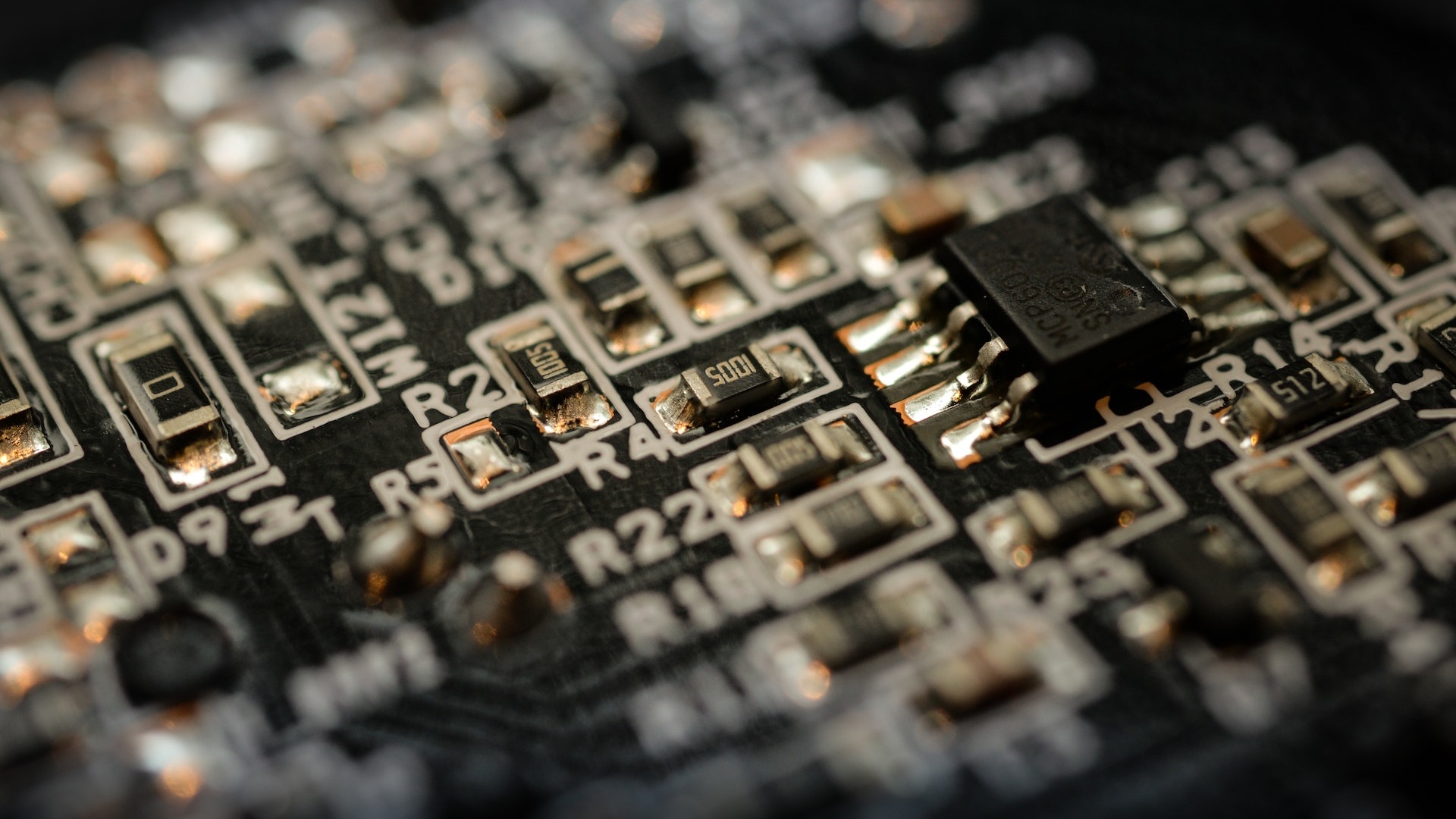Semiconductors are among the most important electronic components of modern technology. Pretty much every device is equipped with it, from smartphones to cars to console and PC hardware. In recent years, however, there has been a shortage of semiconductors, mainly because of the corona pandemic. This has ensured that some graphics cards and new consoles have become absolute rarities.
The price increase has even gone so far that some companies have had to resort to very unusual methods and have bought and gutted washing machines, for example, as you can read here:
In which crisis
Companies buy washing machines to remove the chips
An American team consisting of researchers from MIT, Boston College and other universities has now been able to demonstrate the effectiveness of a new semiconductor material that could one day replace the previous leader, silicon: cubic boron arsenide.
What makes boron arsenide better than silicon?
There are two key advantages that cubic boron arsenide offers over silicon:
- heat conductivity: At present, the heat generated by semiconductors is often an obstacle to the further development of a technology. The silicon used to date for semiconductors has the major disadvantage that it does not conduct heat well. This means that a cooling system is essential in order not to overheat the hardware. Borarsenide could solve this problem or at least significantly reduce it. According to the researchers, boron arsenide conducts heat up to ten times better than silicon.
- Conductivity of Electrons: Another weakness of silicon is that it has electrons and so-called
holes
not good at leading. A hole in electrical engineering describes the absence of an electron. These holes can also move through semiconductors, among other things, and are essential for the speed of the hardware. Borar arsenide is said to be significantly better suited for this purpose.
Because of its chemical properties, boron arsenide has some advantages over silicon. (Image source: MIT)
The catch is that it is ready for the market
In theory, that sounds great at first, but in practice, as is so often the case, it looks a little different. The fact is that boron arsenide has so far only been produced in small quantities and in the laboratory. That costs a lot of money and is incredibly complex. In order to work with it, special test methods are required that were specially developed for this purpose.
Availability could also be an issue. Silicon is the second most common element in the earth’s crust after oxygen. Boron and arsenic, from which boron arsenide is extracted, are not nearly as common. Nevertheless, research leader Jungwoo Shin remains optimistic and speaks of a potential Game Changer
. It remains to be seen whether we consumers would also benefit from this.
Many more elements, or rather many more rare earths, have recently been discovered in Turkey. Our always positively charged Alex explains here what this sensational find is all about:
What do you think? In a few years, will we be playing graphics cards with boron arsenide semiconductors, or will this material remain a niche with few uses? Let us know what you think about this topic in the comments!











